In 1965, Lester Eubanks murdered a 14-year-old girl in Mansfield, Ohio, and was sentenced to death. After the abolishment of the death penalty in that state, Eubanks remained in custody but was permitted to leave the prison under supervision.
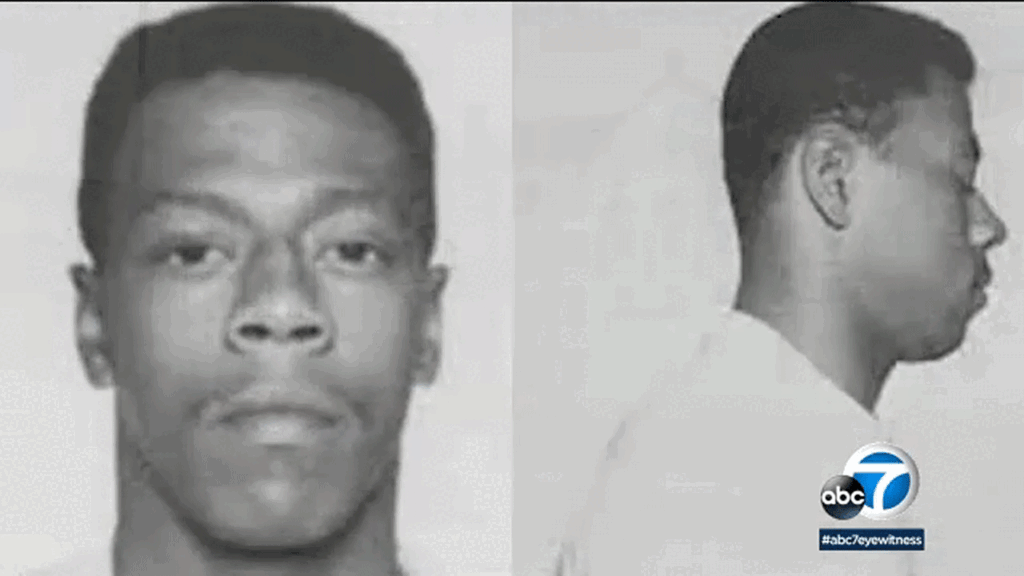

In 1973, he walked away while doing Christmas shopping with other inmates and disappeared.
Despite being one of America’s most wanted fugitives, Eubanks is still out there, with law enforcement always one step behind him.
Background
Lester Edward Eubanks was born on October 31st, 1943, in Sandusky, Ohio. When he was four years old, his family moved to nearby Mansfield. His father, Mose, was a minister and a respected member of the community.
By the time he graduated from high school, Eubanks was known as a charismatic and slightly eccentric guy who often walked around his neighborhood with nunchucks.
But what many of his neighbors didn’t know was that Eubanks was also a predator. He was arrested twice by the time he turned 22. In late 1965, Eubanks was out on bond for attempted sexual assault.
Mary Ellen Deener
On November 14th, 1965, 14-year-old Mary Ellen Deener was doing chores with her younger sister Brenda. The girls were in charge of laundry that day, but once they got the clothes out of the washing machine, they discovered that the dryer wasn’t working.
The girls asked their mother to go to a laundromat, and she agreed. After all, their grandmother lived next door, and she could help them in case of an emergency.
Mary Ellen and Brenda were in the middle of doing laundry when they realized they had run out of change. Fortunately, there was another laundromat just five minutes away, so Mary Ellen decided to go there and get some change.
Brenda waited for two hours for her sister, but she never returned. The girl then went to her grandmother’s place and told her that Mary Ellen was missing.
The grandmother quickly went outside to search for the 14-year-old and noticed police cars near the second laundromat. She soon learned Mary Ellen was no longer alive.
She had been shot twice and then beaten with a hard object. Investigators went to work right away and identified the caliber of the gun used to murder Mary Ellen.
Meanwhile, several witnesses came forward, saying they had seen a man named Lester Eubanks in the area around the time of the incident.
The confession
Law enforcement quickly connected the dots after learning that Lester Eubanks had purchased a gun from a hardware store on South Diamond Street just three weeks before the murder of Mary Ellen. The caliber of the gun matched the weapon used in the shooting.
On November 16th, 1965, Eubanks was at home when police officers knocked on his door. He was taken in for an interview during which he confessed to taking Mary Ellen’s life.
According to Eubanks, he was just hanging out in the area when he spotted Mary Ellen and her sister Brenda at the laundromat. Minutes later, he heard footsteps approaching from behind. Eubanks leaned against the fence of a nearby empty house.
When Mary Ellen was right in front of him, she suddenly stopped and asked what he was doing there.
Eubanks grabbed the girl and started pulling her toward the back of the property as she screamed. A struggle occurred, and he was unable to silence her. Eubanks then took out his gun and shot Mary Ellen twice in the stomach.
Eubanks lived just around the corner, so he ran to his apartment, where he left the gun and the bullets.
Worried that Mary Ellen could still be alive, Eubanks went back to the crime scene. The girl was indeed still breathing, so he picked up a paving brick and struck her in the head.
Afterward, Eubanks returned to his apartment, changed his clothes, and went dancing downtown. The next morning, he attended Sunday school and church as if nothing had happened.
Lester Eubanks was charged with first-degree murder. His trial began in May 1966 at the Richland County Courthouse, and Eubanks himself testified in front of the jury.
He repeated his confession. While on the stand, Eubanks showed no remorse for his actions, and the jury sentenced him to death.
Prison time
Shortly after the trial, Eubanks was sent to the Ohio State Penitentiary in Columbus, Ohio. While on death row, he was allowed access to art supplies and spent most of his time painting.
He kept to himself and didn’t interact with other prisoners. His execution was postponed three times before the abolishment of the death penalty in 1972.
Instead of the electric chair, Eubanks received a life sentence and was placed in the general population, where he started making friends with fellow prisoners and the guards.
Eubanks was well-behaved and followed the prison rules. As a result, he was enrolled in the honor program designed to help prisoners acclimate themselves to life outside the prison walls.
Even though he was serving a life sentence, Eubanks was allowed to leave the prison and run errands with guards, as well as attend events in Columbus. He was determined to be a minimum escape risk.
During this period, Eubanks participated in several art shows and won multiple awards for his paintings.
The escape
On December 7th, 1973, five prisoners from the Ohio State Penitentiary, including Eubanks, were allowed to visit the Great Southern Shopping Center for Christmas shopping.
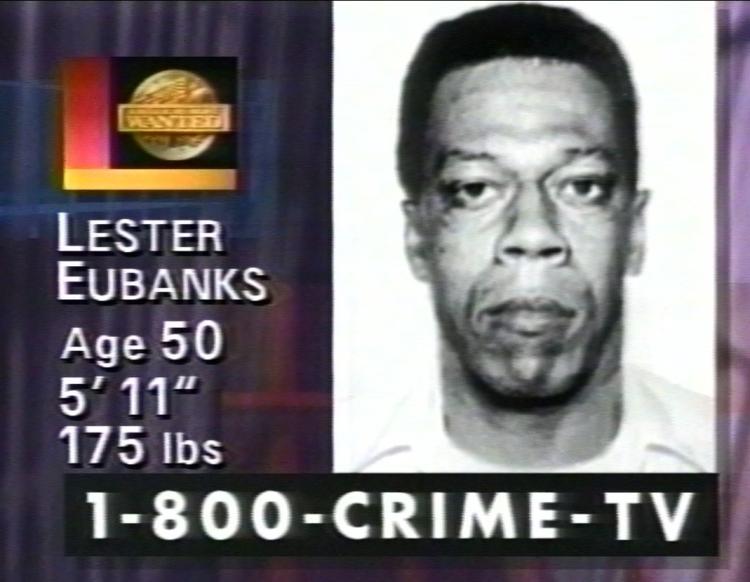
The guards were present, but prisoners were permitted to roam the stores freely in their civilian clothes. All five of them were instructed to report back to the agreed meeting place at 02:00 pm.
When the time came to go back to prison, Eubanks was nowhere to be seen. The guards searched the shopping center, but it was clear he had left the premises.
Law enforcement was immediately notified, and police officers went to talk to his family. Everyone claimed they hadn’t seen Eubanks and knew nothing of an escape plan.
A federal arrest warrant was issued nationwide, but despite the efforts, Eubanks wasn’t apprehended for decades.
On the run
In September 1994, America’s Most Wanted aired a segment about Lester Eubanks, which generated a lot of interest from viewers. Following the broadcast, police received a call from a woman who lived in Los Angeles.
She and Eubanks hung around in the same circles back in the 1970s. During that time, he lived with a woman named Kay Banks.
Investigators from the Franklin County Sheriff’s Office soon learned Kay Banks was a part of Eubanks’ family. She was married to his cousin, Darrell Banks, and moved to California after his death. Banks was Eubanks’ pen pal while he was in prison.
Detectives visited Banks at her Los Angeles home in October of 1994, and she told them she didn’t know Eubanks’ current location but was willing to share details regarding his escape.
After leaving Ohio with a relative who helped him flee the shopping center, Eubanks spent a couple of weeks in Michigan. Then, someone from his family purchased him a bus ticket to California.
Eubanks arrived in Los Angeles in late December of 1973 and moved in with Banks. He went by the name Victor Young and had a hunting license instead of an actual ID.
Banks was well aware of his crimes, and she wanted him gone. One day, she mentioned that the FBI had called her house asking about him. Eubanks quickly packed his things and moved out.
Investigators learned Eubanks moved around the Los Angeles area and lived in various neighborhoods throughout the 1980s. He worked at a mattress factory in Gardena, as well as a janitor at St. Francis Hospital in Lynwood.
Unfortunately, no one could confirm whether Eubanks was still in California, and leads soon dried up.
In the early 2000s, Eubanks was in Alabama, working as a janitor at a center for troubled youth. He also painted houses to earn some extra income. Investigators believe he traveled to Ohio at least three times to see his family and attend his father’s funeral in 2012.
In July 2018, Eubanks was placed on the United States Marshals Service’s 15 Most Wanted Fugitives list. Law enforcement also released age-progressed photographs of him and is currently offering $50,000 as a reward for his capture.
In 2019, a man who claimed to be Eubanks’ son contacted the FBI, saying his mother was assaulted by the fugitive. He was willing to provide his DNA to find more potential victims of Eubanks.
While this offer could’ve potentially solved some open cases, the FBI’s policies are against using familial DNA to search their databases.
Unsolved Mysteries
An episode about Eubanks was featured on Volume 2 of Netflix’s Unsolved Mysteries in late 2020. The show’s popularity led to renewed interest in his disappearance.
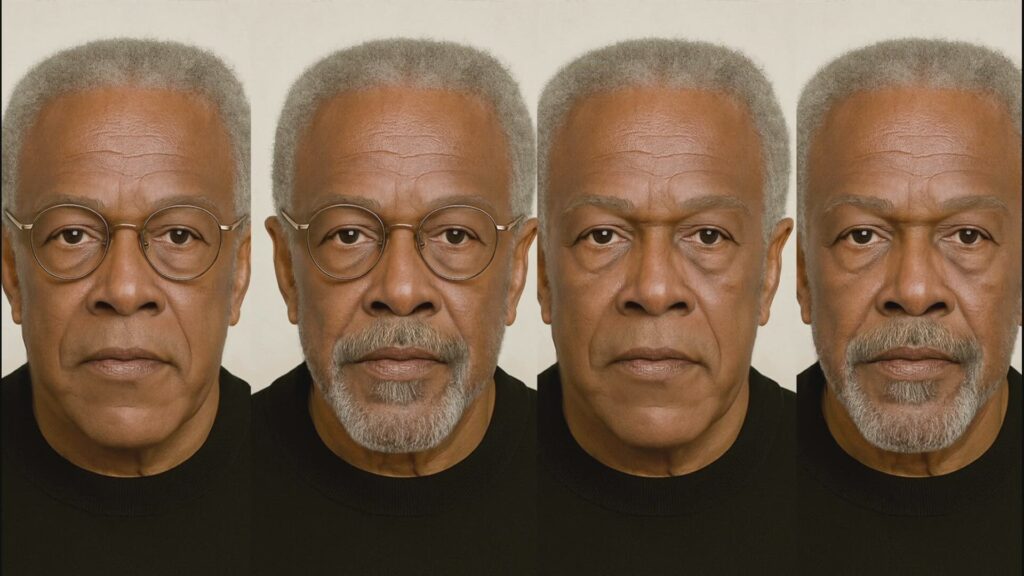
Within days, law enforcement received images of Eubanks with his friends in Los Angeles. It is believed he is currently in that area.
However, no arrest was made at the time, and it’s unclear if law enforcement managed to identify Eubanks’ associates who could be helping him avoid the police.
Sources
https://www.usmarshals.gov/what-we-do/fugitive-apprehension/15-most-wanted-fugitive/lester-eubanks
https://abc7.com/lester-eubanks-manhunt-photos-mary-ellen-deener/10451354
https://www.foxla.com/news/lester-eubanks-15-most-wanted-california-age-progression-photos


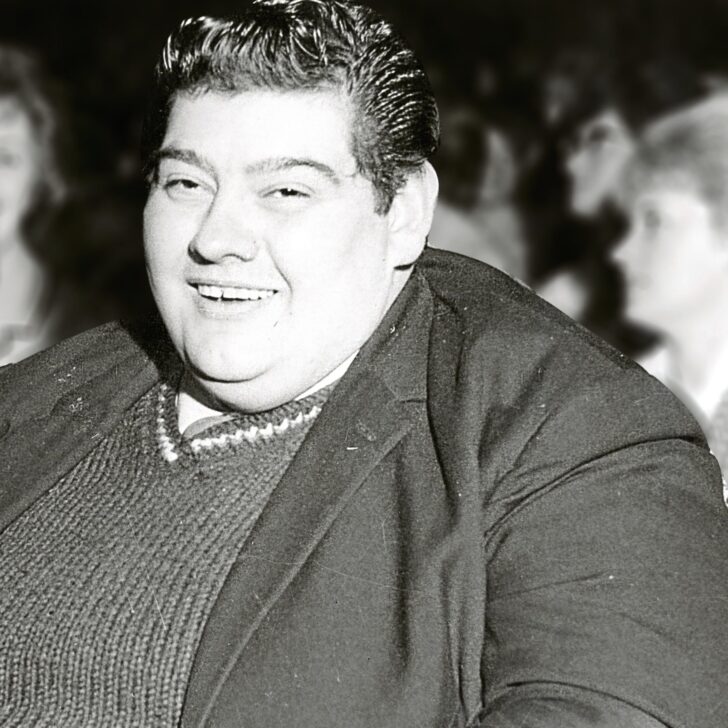


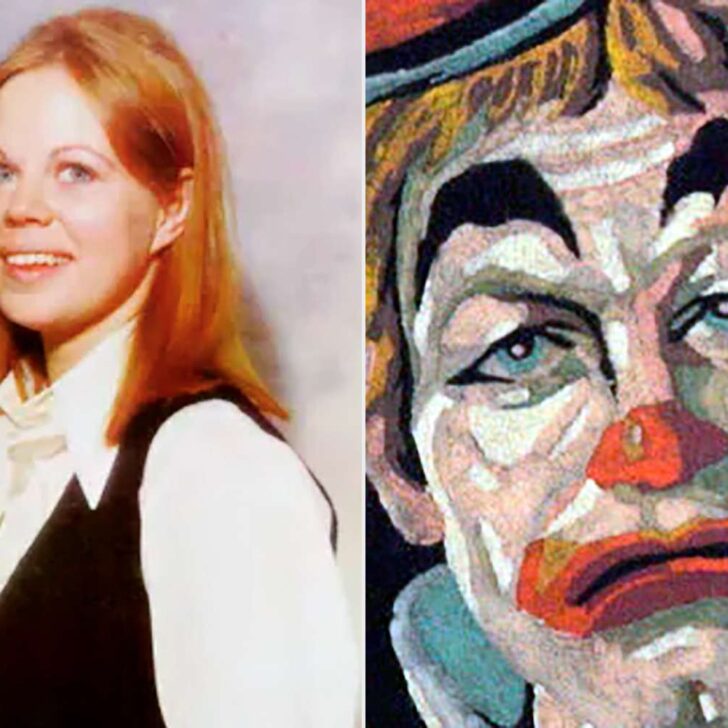
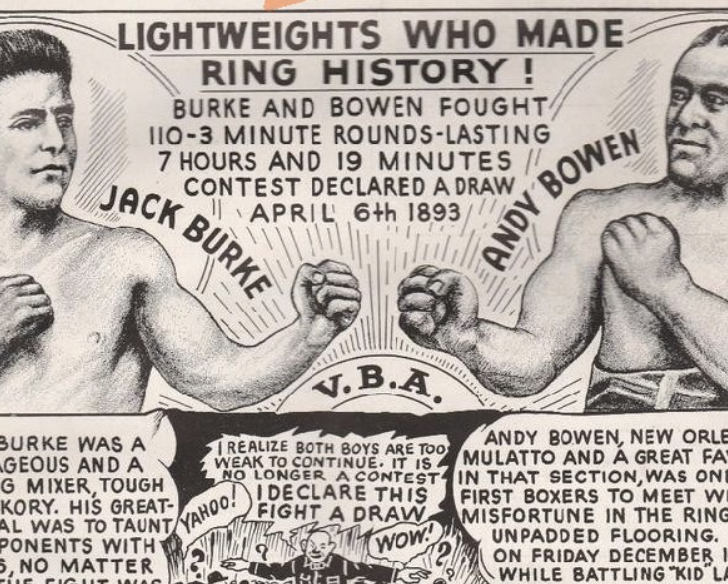



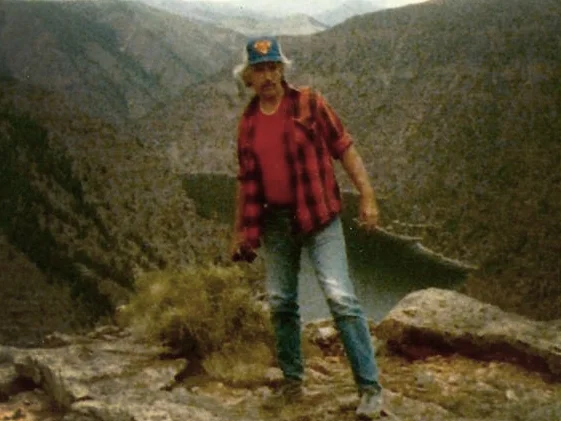
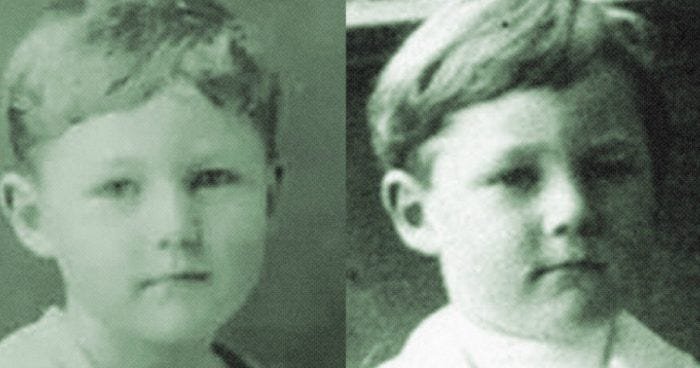

Leave a comment